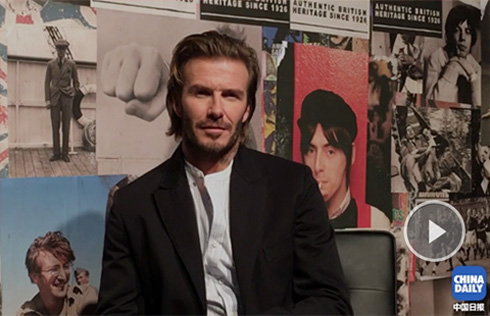Medical scans' hidden risks

Radiation, like alcohol, is a double-edged sword. It has indisputable medical advantages: radiation can reveal hidden problems, from broken bones and lung lesions to heart defects and tumors. And it can be used to treat and sometimes cure certain cancers.
But it also has a serious medical downside: the ability to damage DNA and, 10 to 20 years later, to cause cancer. CT scans alone, which deliver 100 to 500 times the radiation associated with an ordinary X-ray and now provide three-fourths of Americans' radiation exposure, are believed to account for 1.5 percent of all cancers that occur in the United States.
Recognition of this hazard and alarm over recent increases in radiological imaging have prompted numerous experts, including some radiologists, to call for more careful consideration before ordering tests that involve radiation.
"All imaging has increased, but CTs account for the bulk of it," said Dr. Rebecca Smith-Bindman, a specialist in radiology and biomedical imaging at the University of California, San Francisco. "There's clearly widespread overuse. More than 10 percent of patients each year are receiving very high radiation exposures."
The trick to using medical radiation appropriately, experts say, is to balance the risks against benefits.
Some of the newest uses of radiological imaging, including CT scans of coronary arteries to look for calcium buildup, have not yet undergone clinical trials. Experts have estimated that widespread use of coronary artery scans, which deliver 600 times the radiation of a chest X-ray, could result in 42 cases of cancer for every 100,000 men, and 62 cases for every 100,000 women.
For every 1,000 people undergoing a cardiac CT scan, the radiation adds one extra case of cancer to the 420 that would normally occur. This risk may seem inconsequential, but not to someone who gets a cancer that could have been prevented.
Complicating the matter is the enormous variation - sometimes tenfold or more - in the amounts of radiation to which patients are exposed from the same procedure at different institutions.
Although the cancer-causing effects of radiation are cumulative, no one keeps track of how much radiation patients have been exposed to. Even when patients are asked about earlier exams, the goal is nearly always to compare new findings with old ones, not to estimate the risks of additional radiation.
As Dr. Michael S. Lauer of the National Heart, Lung and Blood Institute wrote in The New England Journal of Medicine: "The issue of radiation exposure is unlikely to come up because each procedure is considered in isolation, the risks posed by each procedure are low and seemingly unmeasurable, and any radiation-induced cancer won't appear for years and cannot easily be linked to past imaging procedures."
After an extensive review of the environmental causes of breast cancer, the Institute of Medicine reported last year that sufficient evidence of risk was found only for combined hormone therapy used by postmenopausal women and exposure to ionizing radiation, at doses much higher than those received during a mammogram.
Doctors in private practice who have bought imaging equipment tend to use it liberally to recoup the expense. The same goes for hospitals just a few kilometers apart that duplicate equipment so they can boast of having the latest and greatest capacity to detect disease.
Dr. Lauer wrote in a commentary about cardiac tests: "Most physicians who order imaging tests experience no consequences for incurring costs for procedures of unproven value. On the contrary, they or their colleagues are paid for their services, and their patients don't complain because the costs are covered by third parties. Patients are pleased to receive thorough evaluations that involve the best cutting-edge technologies."
Dr. Smith-Bindman and her colleagues reported in June in The Journal of the American Medical Association that a dramatic rise in imaging rates from 1996 to 2010 occurred in six large prepaid health systems where the financial incentive ought to have encouraged fewer, not more, tests.
Among the 10 percent to 20 percent of children in the study who underwent a CT scan of the head, radiation doses were in the range shown to triple the risk of developing brain cancer or leukemia.
Dr. Smith-Bindman urged patients to participate in the decision to undergo medical imaging. She said, "Patients should ask, 'What is this test for? Do I need it? Why? Do I need it now?'"






















